Generation of computers
the different computing devices developed over the years can be categories into several generations. Each generation of computer is the result of a technological development , which changes the way to operate computers
Computer can be categories into five generation:-
- First generation (1940 -1956)
- Second generation (1956- 1963)
- Third generation (1963- 1971)
- Fourth generation (1971 – 1980)
- Second generation (1980 – till date )
-
First Generation Computer :
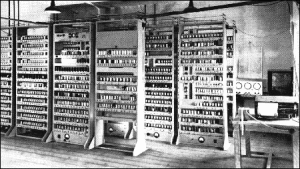
- Vacuum tubes were used to build the circuitry for the computer. A vacuum tube was a device made up of glass and used filaments to generate electrons. It is used amplify the electronic signals.
- Magnetic drum is used for the memory of computer.
- Size of these computers was very large, single computer was used to cover the space of an entire room.
- Consume high electricity and generated a large amount of heat.
- Perform calculation in milliseconds.
- They used machine language to perform operation
- Takes Input from punch cards & paper tapes and display the results on paper as printouts.
- ENIAC(Electronic numerical integrator and Calculator)
- EDVAC (Electronic discrete variable automatic computer)
- UNIVAC (Universal Automatic Computer)
-
Second Generation Computer :
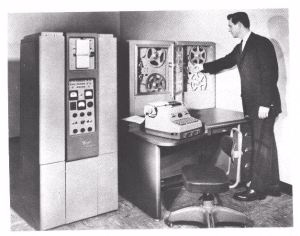
- Transistor was used instead of vacuum tubes. Transistor was smaller than vacuum tubes.
- They consume less power and generate less amount of heat than vacuum tube.
- Transistors were faster and more reliable than vacuum tubes.
- Used assembly language instead of machine language.
- Since transistors replaced vacuum tubes the size and cost associated with computer is decreased.
- Takes Input from punch cards & paper tapes and display the results on paper as printouts.
- IBM 1620, PDP8, CDC1604
-
Third Generation Computer:
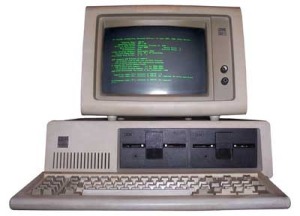
- Integrated Circuit (IC) were used in this generation .An IC is a silicon- chip that embeds on electronic circuit, which comprises several components such as transistor, diode and registers.
- The use of IC’s had increased the speed and efficiency of computer to a significant extent.
- Keyboard and monitor is used as I/O and O/P device respectively.
- Cheaper than the previous generation computer
- IBM 370, PDP11.
-
Fourth generation computer:
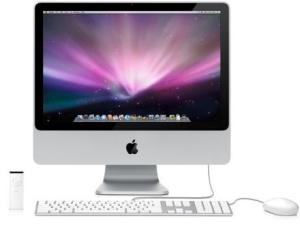
- Large scale Integration (LSI) and very large scale integration (VLSI) technology were used.
- Use semiconductor memories instead of magnetic core memories.
- Use graphical user interface (GUI)
- Smaller and cheaper than the previous generation computer.
- Use high level programming language.
- personal computer (PC)
-
Fifth Generation Computer:
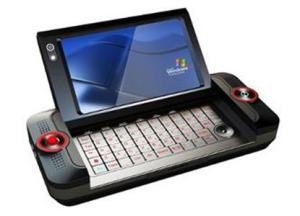
- Ultra large scale integration (ULSI) technology was used.
- Portable in size
- Does not require manual assembly of individual components.
- Intel Pentium microprocessor chip.

ths was vry much useful to me